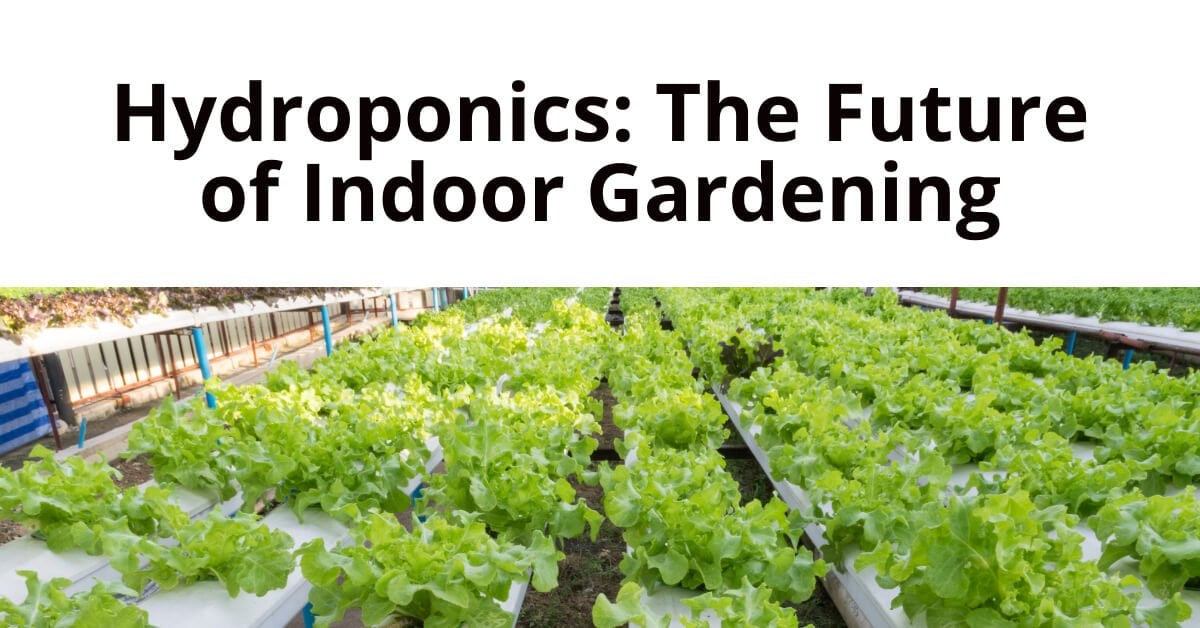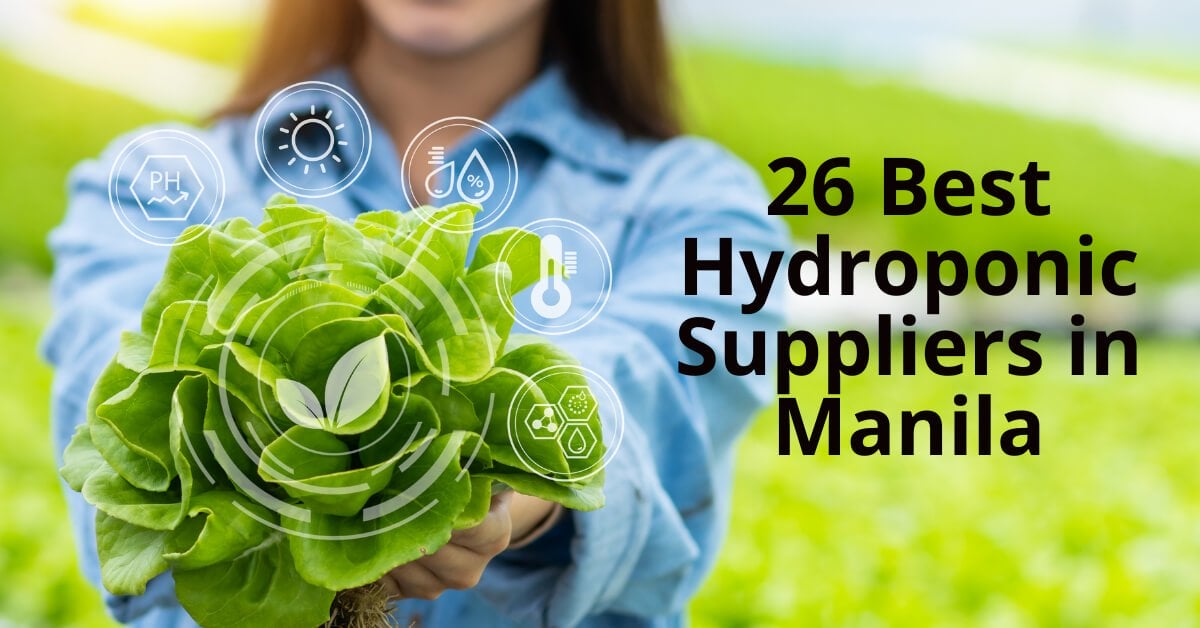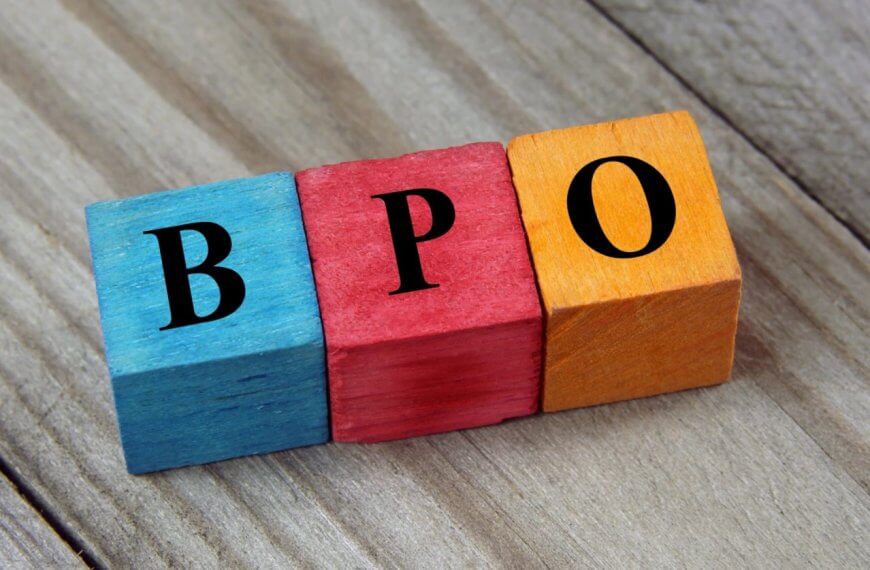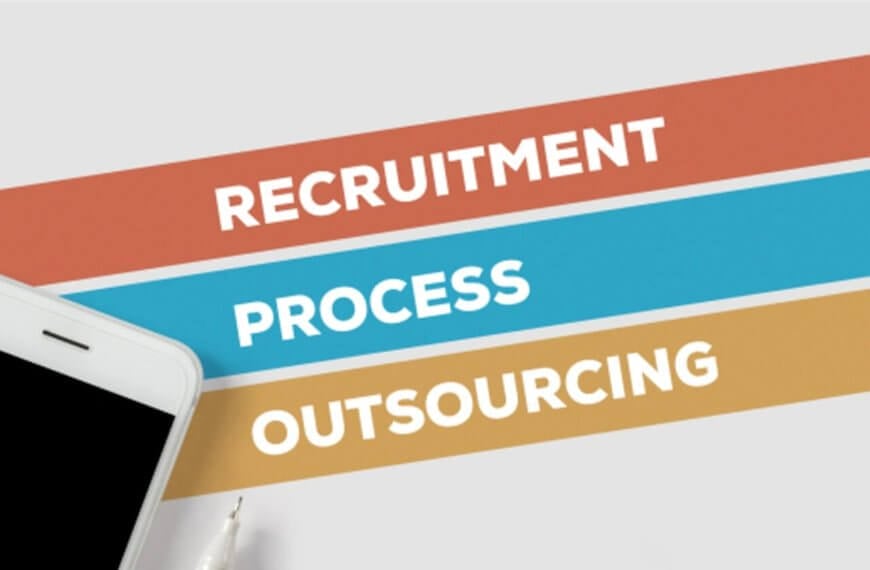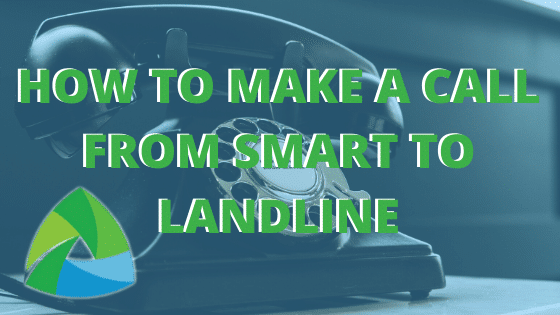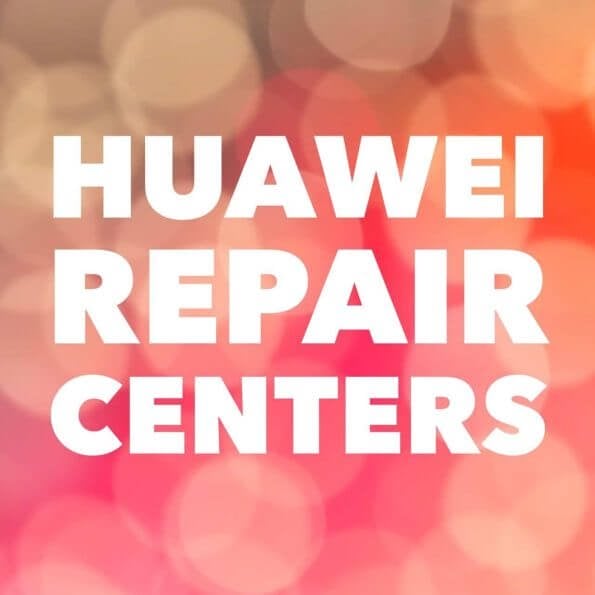As we become more aware of the environmental impacts of traditional agriculture, more people are looking for alternative ways to grow their own food. One such way is hydroponics, which involves growing plants in a nutrient-rich water solution rather than soil. In this article, we’ll explore what hydroponics is, how to start, what you need to do it at home, and the best tips for growing your own indoor garden.
What is Hydroponics?
Hydroponics is a method of growing plants without soil. Instead, the plants are grown in a water-based nutrient solution that provides all the necessary minerals and nutrients. This method has become increasingly popular in recent years as it offers many benefits, including faster growth, higher yields, and less water usage.
Hydroponics also allows for greater control over the environment in which plants are grown. For example, the nutrient solution can be adjusted to meet the specific needs of the plants, and the temperature and humidity can be optimized for growth.
How to Start with Hydroponics?
Starting with hydroponics can be daunting, especially if you’ve never grown plants before. However, with the right information and equipment, anyone can start a successful hydroponic garden.
The first step is to choose the type of hydroponic system you want to use. There are many different types available, including deep water culture, nutrient film technique, and ebb and flow systems. Each has its own advantages and disadvantages, so it’s important to choose the one that best fits your needs and budget.
Next, you’ll need to set up your hydroponic system. This involves installing the necessary components, such as pumps, tubing, and containers, and filling them with the nutrient solution. You’ll also need to choose the right lighting and ventilation for your plants.
Finally, you’ll need to choose the plants you want to grow. Many different types of plants can be grown hydroponically, from leafy greens to tomatoes to strawberries. Choose plants that are well-suited to the type of system you’ve chosen and that will grow well in the environment you’ve created.
What is Needed to Do Hydroponics at Home?
To start a hydroponic garden at home, you’ll need some basic equipment. This includes:
- A hydroponic system
- A nutrient solution
- Lighting
- Ventilation
- pH and EC meters
You’ll also need to choose the plants you want to grow, as well as any additional equipment specific to the type of hydroponic system you’re using.
10 Best Tips to Grow Your Own Indoor Garden
- Choose the right location – make sure your plants have access to plenty of light and the right temperature and humidity.
- Choose the right plants – choose plants that are well-suited to hydroponic growing and that will thrive in your environment.
- Monitor your nutrient solution – make sure it has the right pH and nutrient levels.
- Keep your hydroponic system clean – this will prevent the growth of harmful bacteria and fungus.
- Use the right lighting – choose the right type and intensity of lighting for your plants.
- Use a timer – this will ensure that your plants receive the right amount of light and rest.
- Don’t overwater – too much water can lead to root rot and other problems.
- Keep pests and diseases under control – use natural remedies or pesticides as needed.
- Monitor your plants regularly – this will help you catch problems early and prevent them from spreading.
- Be patient – hydroponic gardening requires patience and attention, but the rewards are well worth it.
FAQs:
- Do hydroponic plants grow faster than soil?
Yes, hydroponic plants typically grow faster than those grown in soil. This is because the plants have access to all the necessary nutrients and water, which allows them to grow more efficiently.
- What kind of plants can be grown hydroponically?
Many different types of plants can be grown hydroponically, including leafy greens, herbs, fruits, and vegetables. Some popular choices include lettuce, tomatoes, strawberries, and peppers.
- Is hydroponic gardening more expensive than traditional gardening?
Hydroponic gardening can be more expensive than traditional gardening, especially when you consider the cost of equipment and supplies. However, it can also be more cost-effective in the long run, as it requires less water and produces higher yields.
- How often do I need to change the nutrient solution?
The frequency with which you need to change the nutrient solution depends on several factors, including the type of plants you’re growing, the size of your hydroponic system, and the quality of your water. In general, you should change the solution every two to three weeks.
- Can hydroponic gardening be done without electricity?
While hydroponic gardening typically requires electricity to power pumps, lighting, and other equipment, there are some low-tech hydroponic systems that can be operated without electricity. For example, a wick system uses a wick to draw nutrient solution up to the plants, eliminating the need for pumps.
10 Best Resources to Start with Hydroponics:
- Hydroponics Simplified: A Beginner’s Guide to Growing Vegetables, Fruits, and Herbs Without Soil by Douglas Green – This book provides a comprehensive introduction to hydroponic gardening, including information on different types of systems, plant selection, and troubleshooting.
- The Hydroponic Garden: A Beginner’s Guide to Growing Vegetables and Herbs Without Soil by John Smith – This book offers a step-by-step guide to setting up and maintaining a hydroponic garden, with clear instructions and illustrations.
- Hydroponics Online – This website offers a wealth of information on hydroponic gardening, including articles, videos, and forums where you can connect with other growers.
- Grow Weed Easy – While the name may be misleading, this website offers a wealth of information on hydroponic gardening, including guides on setting up your system, choosing the right lighting, and troubleshooting common problems.
- Maximum Yield – This website offers a range of resources for hydroponic growers, including articles, product reviews, and a directory of suppliers.
- The Hydroponic Society of America – This organization offers a range of resources for hydroponic growers, including a forum for members to connect and share information.
- DIY Aquaponics – While aquaponics is a slightly different method of growing plants without soil, this website offers a range of resources and guides that can be useful for hydroponic gardeners.
- Home Hydro Systems – This website offers a range of hydroponic systems and equipment for purchase, as well as articles and guides on hydroponic gardening.
- Urban Farming – This website offers a range of resources for urban farmers, including information on hydroponic gardening, community resources, and events.
- Reddit Hydroponics – This community on Reddit offers a place for hydroponic gardeners to connect, share tips, and ask for advice.
When it comes to growing vegetables in a hydroponic garden, there are many great options to choose from. Here are the 10 best vegetables to grow in your hydroponic garden, along with a description of each.
What are the 10 best vegetables to grow in your hydroponic garden.
- Lettuce – Lettuce is a popular choice for hydroponic gardening because it grows quickly and can be harvested multiple times. It also doesn’t require a lot of space, making it perfect for small gardens.
- Spinach – Spinach is another fast-growing vegetable that is perfect for hydroponic gardening. It is high in nutrients like iron and vitamin C, and it can be harvested multiple times.
- Tomatoes – Tomatoes are a great option for larger hydroponic gardens. They require more space and support than other vegetables, but they are highly productive and provide delicious, juicy fruit.
- Cucumbers – Cucumbers are another popular vegetable for hydroponic gardens. They require a trellis or other support, but they are highly productive and provide a refreshing addition to salads and sandwiches.
- Peppers – Peppers come in many varieties and can be grown successfully in hydroponic gardens. They require a lot of light and warmth, but they are highly productive and provide a spicy kick to many dishes.
- Kale – Kale is a nutritious leafy green that is easy to grow in hydroponic gardens. It is high in vitamins A and C, and it can be harvested multiple times.
- Chard – Chard is another leafy green that is perfect for hydroponic gardening. It is high in nutrients like magnesium and potassium, and it has a mild, sweet flavor.
- Radishes – Radishes are a fast-growing root vegetable that can be grown successfully in hydroponic gardens. They are easy to grow and provide a crunchy, spicy addition to salads and sandwiches.
- Beans – Beans are a great option for hydroponic gardens, especially bush beans. They are highly productive and provide a good source of protein.
- Eggplant – Eggplant is a larger vegetable that requires a lot of space in a hydroponic garden. However, it is highly productive and provides a rich, meaty flavor that is perfect for many dishes.
Hydroponic gardening offers many benefits over traditional gardening, including faster growth, higher yields, and greater control over the environment in which plants are grown. By following the tips outlined in this article and using the resources provided, you can start your own successful hydroponic garden and enjoy fresh, healthy produce year-round. With a little patience and dedication, you’ll be on your way to becoming a skilled hydroponic gardener in no time.
